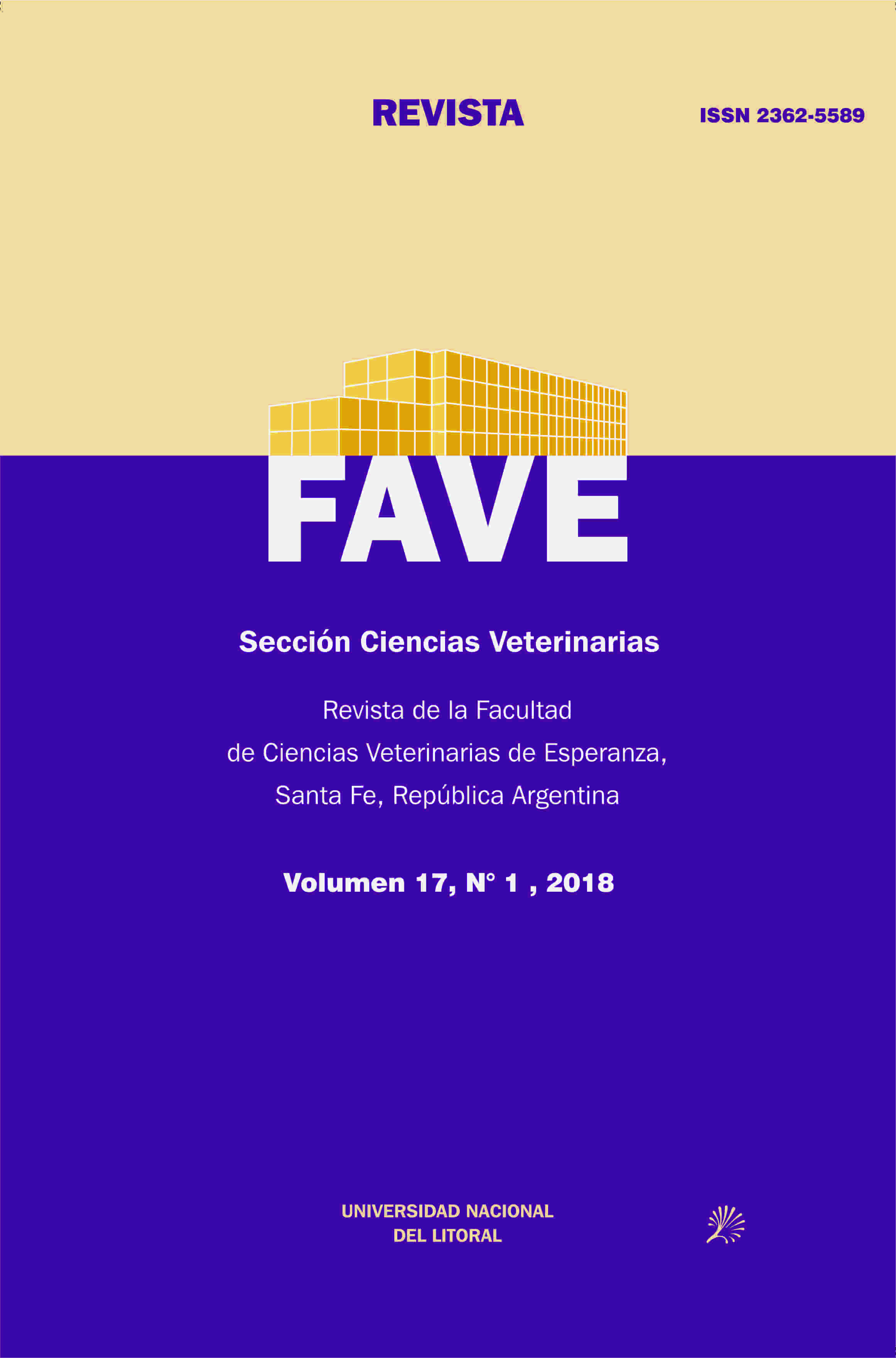Ver ítem
- xmlui.general.dspace_homeCentros Regionales y EEAsCentro Regional Salta - JujuyEEA SaltaArtículos científicosxmlui.ArtifactBrowser.ItemViewer.trail
- Inicio
- Centros Regionales y EEAs
- Centro Regional Salta - Jujuy
- EEA Salta
- Artículos científicos
- Ver ítem
Determinación de la curva de lactancia de cabras Saanen del noroeste argentino
Resumen
La curva de lactancia puede ser definida como la expresión del comportamiento productivo del rebaño caprino. Conocerla resulta una herramienta de selección. El objetivo del presente trabajo fue el de estudiar el comportamiento productivo de cabras Saanen en condiciones semi intensivas mediante diferentes modelos matemáticos para describir así su curva de lactancia, caracterizar la evolución de la producción de leche y analizar su variación asociadas con
[ver mas...]
La curva de lactancia puede ser definida como la expresión del comportamiento productivo del rebaño caprino. Conocerla resulta una herramienta de selección. El objetivo del presente trabajo fue el de estudiar el comportamiento productivo de cabras Saanen en condiciones semi intensivas mediante diferentes modelos matemáticos para describir así su curva de lactancia, caracterizar la evolución de la producción de leche y analizar su variación asociadas con el número de lactancia y el número de cabritos al parto. Se utilizaron registros de datos de lactancias correspondientes a 182 animales. De cada animal fue relevado el número de partos, el tipo de parto y la producción individual diaria a partir del tercer día pos parto hasta el final de lactancia (270 días). El modelo de Cappio-Borlino fue el que mejor ajuste presentó. Al analizar los resultados obtenidos en cuanto al momento en el que se alcanza el pico de producción se observa que, además de ser numéricamente menor, las cabras de primer parto son las que lo manifiestan más tardíamente respecto a las multíparas. A su vez, los animales con partos dobles si bien presentaron una mayor producción láctea al principio de la lactancia, la persistencia fue menor respecto a los de partos triple
[Cerrar]
The lactation curve can be defined as the expression of the productive behavior of the goat herd. Knowing it is a selection tool. The objective of this work was to study the productive behavior of Saanen goats under semi-intensive conditions using different mathematical models to describe their lactation curve, characterize the evolution of milk production and analyze the variation associated with lactation number and the kids size. Data records of 182
[ver mas...]
The lactation curve can be defined as the expression of the productive behavior of the goat herd. Knowing it is a selection tool. The objective of this work was to study the productive behavior of Saanen goats under semi-intensive conditions using different mathematical models to describe their lactation curve, characterize the evolution of milk production and analyze the variation associated with lactation number and the kids size. Data records of 182 animals were used. From each animal, we recorded: calving number, litter size and the individual daily production from the third day after parity until the end of lactation (270 days). The Cappio-Borlino model was the best fit. When analyzing the results obtained regarding the moment in which the production peak is reached, it is observed that, in addition to being numerically smaller, the goats of first calving are the ones that show it later with respect to the multiparous. In turn, the animals with double births, although they presented a higher milk production at the beginning of the lactation, the persistence was lower than goats with triple births.
[Cerrar]

Autor
Martinez, Gabriela Marcela;
León Jurado, J. M.;
Suarez, Victor Humberto;
Barba Capote, C.;
Fuente
Revista FAVE – Sección Ciencias Veterinarias 17 (1) : 6-11 (2018)
Fecha
2018
ISSN
1666-938X
2362-5589
2362-5589
Formato
pdf
Tipo de documento
artículo
Palabras Claves
Derechos de acceso
Abierto
 Excepto donde se diga explicitamente, este item se publica bajo la siguiente descripción: Creative Commons Attribution-NonCommercial-ShareAlike 2.5 Unported (CC BY-NC-SA 2.5)
Excepto donde se diga explicitamente, este item se publica bajo la siguiente descripción: Creative Commons Attribution-NonCommercial-ShareAlike 2.5 Unported (CC BY-NC-SA 2.5)


